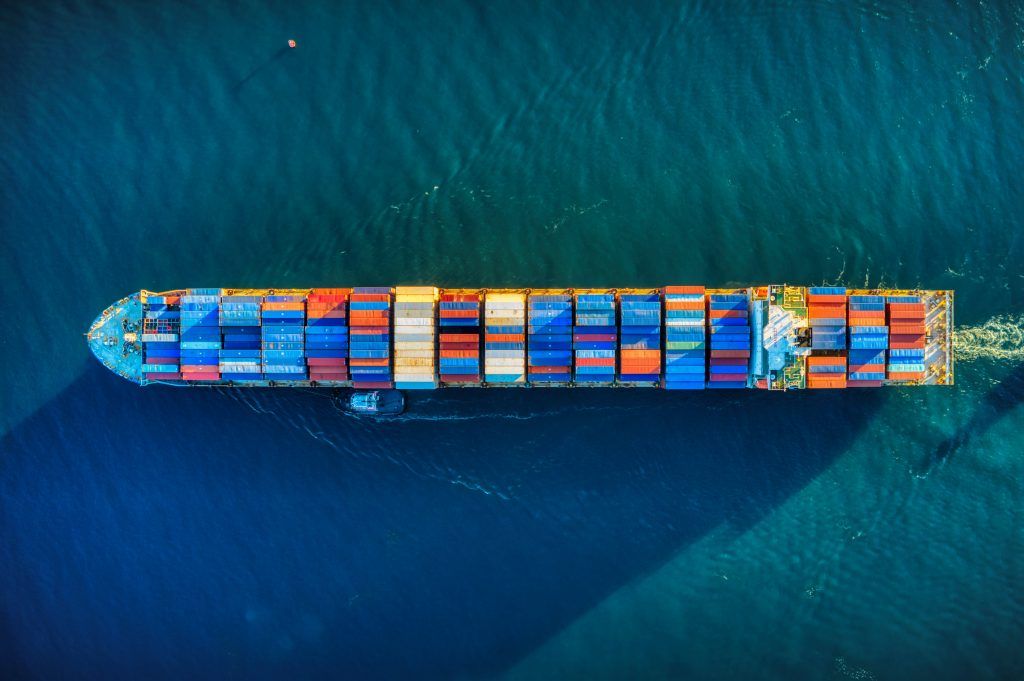Expected Outcome
Project outputs and results are expected to contribute concretely to the following expected outcomes as marked (“*”) whilst supporting the overall medium and longer term objectives:
- Renewable energy assistance is commercially viable and deployed at scale in commercial shipping and maritime operations, significantly contributing to making waterborne transport climate neutral.
- In the medium term, enabling the wide adoption of automated wind technologies for long distance maritime transport.
- *Through full scale demonstration prove the viability at large scale of power generation and propulsion assistance systems on-board harvesting renewable energies such as wind and solar.
- *System designs (including modular/drop-in) to reduce the costs of and increase confidence in refitting of the most appropriate existing vessels addressing several types of ships and different forms of renewable energy.
- *System designs including power management architectures and energy efficiency solutions (including wind-assisted and wind-based propulsion) for purpose built new ships including designs that are “wind-ready”. Demonstration of efficiency gains of at least 15% for power generation or at least 25% for propulsion purposes.
- *Provision of a summary and an analysis of pertinent regulatory issues and how to address them.
- *Documentation of skills requirements and incentives for the crew, for different types of ships and renewables adopted.
Scope
The use of on-board renewable energies, in particular automated wind assistance, has potential to substantially reduce the ship’s energy demands and hence reduce fuel consumption. Wind energy, harvested through e.g. rotors, hard and soft sails, kites, suction wings, turbines or specific hull forms, can serve multiple purposes on-board, including in particular primary propulsion with the additional beneficial effect of noise reduction. Potentially more expensive climate neutral fuels and carbon taxes will further enhance the economic benefits from efficiency gains and the exploitation of freely available renewable energies. With wind being a genuinely maritime feature shipping would also avoid costly competition with other transport sectors for sustainable fuels.
Whilst some renewable energy systems have been trialled at comparatively small scale, for particular routes and ship types, their scale has often been too small to provide conclusive data, and robust systems applicable for long distance trans-oceanic shipping are not yet available. R&I is needed to harvest the wind energy potential, significantly enlarging the current scale and expanding the typology for a much wider range of applications, demonstrating cost-effective, safe, reliable and easy-to-handle technologies in a variety of conditions. These conditions should be considered variable and dynamic if combined with beneficial changes in operational profiles such as advanced (satellite enabled) weather routing. The optimisation of aerodynamic efficiency of devices and the reduction of superstructure drags will be considered.
Overall energy efficiency strategies and architectures for the power management in large ships will be developed, with an optimised and self-adaptive operation of wind power systems as part of a hybrid architecture. For certain ship types and routes wind energy could become the main propulsion. This may in particular apply to smaller craft and fishing vessels (in transit) or to ships where wind propulsion can free bunker spaces for more paying cargo or passengers. In these cases attention needs to be given to the most practical and efficient system installation (e.g. retractable, auto-furling, hinged, multi-positional).
Projects are expected to address both retrofitting existing ships and new purpose built designs, taking into account regulatory issues and making use of the existing guidelines by classification societies on wind-assisted shipping. Large scale testing and preferably demonstration is expected. Attention should be given to the conditions under which renewable power sources on-board compete with specific fuel solutions in terms of life cycle and opportunity costs, proven sustainability and reliable sourcing, and operational risks in order to make the most convincing business case.
In addition to wind, other renewables such as solar electric systems should be considered for different ship types, to the extent they can significantly contribute to the ship’s overall power systems.
Deadline
26 April 2022







Leave a Reply